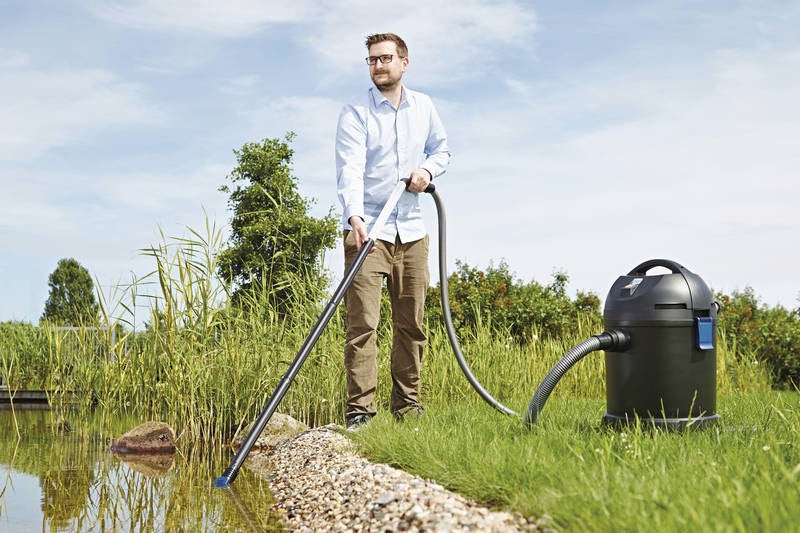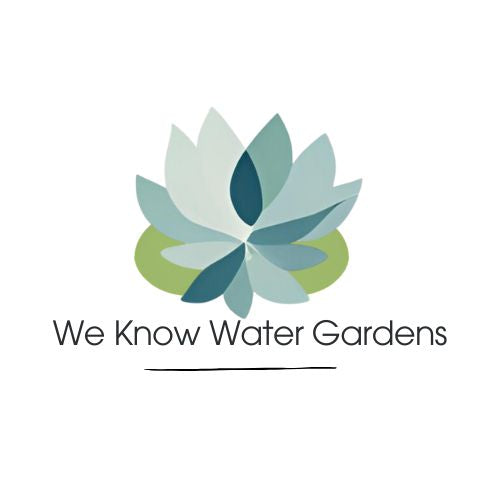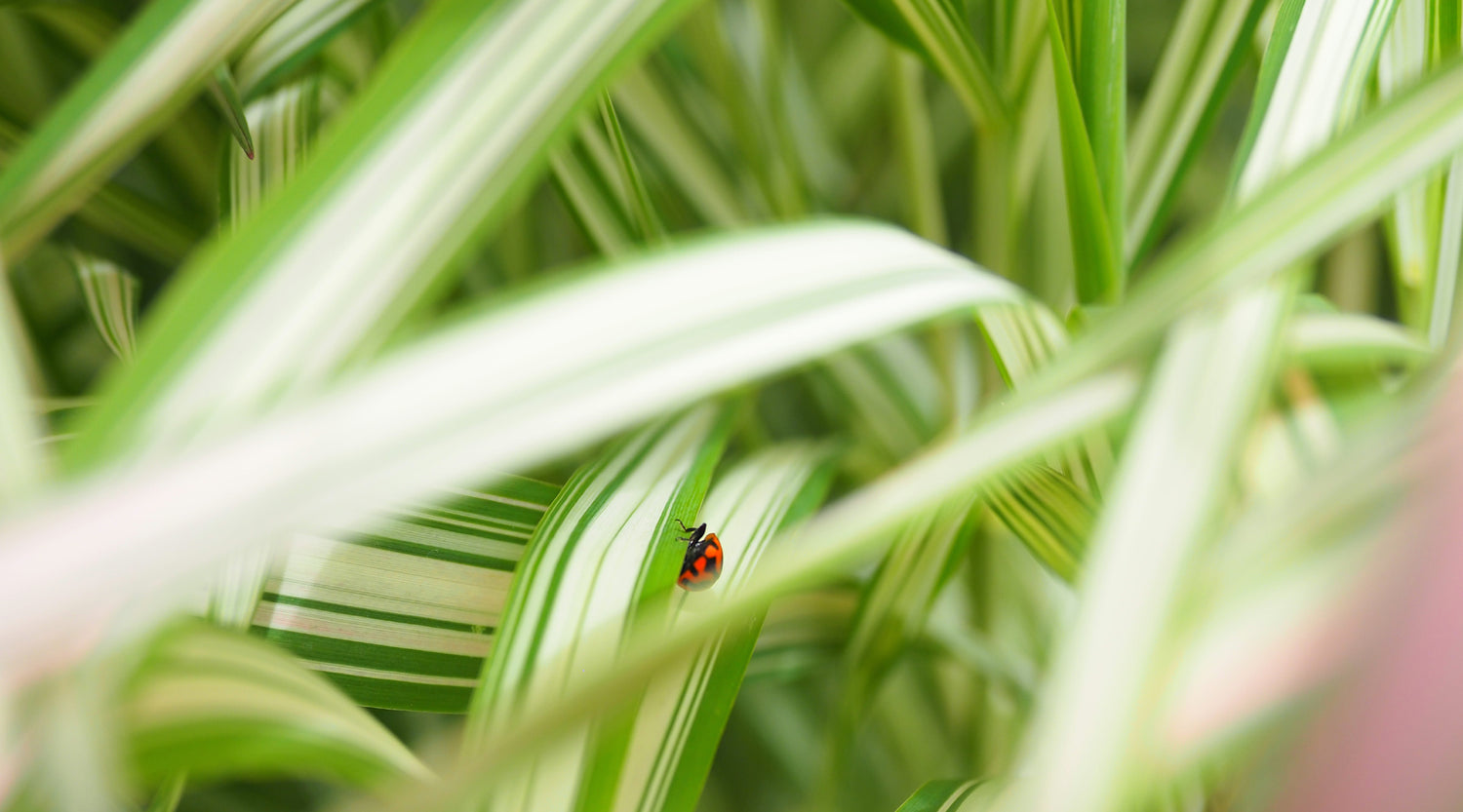Are you looking to create a vibrant and thriving water garden that is not only visually stunning but also supports the delicate balance of nature? If so, then attracting bees and other pollinators is an essential step in achieving this goal. By harnessing the power of these industrious creatures, you can ensure the health and vitality of your garden, while also contributing to the overall conservation of our planet's ecosystem. In this guide, we will explore the various strategies and techniques you can employ to entice bees and pollinators to your water garden. From choosing the right plants and flowers to creating a welcoming environment, we will delve into the fascinating world of pollinators and discover how you can create a buzz that will benefit both your garden and the environment. So, let's dive in and embark on a journey of discovery and conservation, as we uncover the secrets to attracting bees and other pollinators to your water garden.
The Importance of Pollinators in a Pond or Water Garden
Pollinators play a crucial role in the reproductive cycle of plants, including those in your water garden. Bees, butterflies, moths, and other insects are responsible for transferring pollen from the male parts of flowers to the female parts, enabling fertilisation and the production of seeds. Without pollinators, many plant species would struggle to reproduce, leading to a decline in biodiversity. Additionally, pollinators contribute to the overall health and resilience of ecosystems, as they facilitate the production of fruits, nuts, and seeds that serve as food sources for a wide range of animals.
To attract pollinators to your pond or water garden, it is important to understand their needs and create an environment that meets their requirements.
Understanding the Needs of Pollinators
Pollinators require three main things: food, water, and shelter. By providing these essentials, you can create a welcoming habitat that will attract a diverse range of pollinators to your water garden.
Food: The primary source of food for most pollinators is nectar, a sweet liquid produced by flowers. To attract bees and other pollinators, choose plants that produce abundant nectar and have bright, colourful flowers. Native plants are often the best choice, as they have co-evolved with local pollinators and provide a familiar food source. By adding native pond plants you will be more likely to attract native pollinators such as blue banded bees, in fact Australia is home to over 2,000 native bee species!
Water: Pollinators also need a source of water for drinking and maintaining their body temperature. In addition to your pond, provide shallow dishes or birdbaths filled with clean water in your water garden. Adding rocks or pebbles to the water feature will allow pollinators to land and access the water easily.
Shelter: Pollinators require suitable shelter to rest, hide from predators, and seek refuge during extreme weather conditions. Planting a variety of native trees, shrubs, and grasses will provide nesting sites and shelter for pollinators. Leaving some areas of your water garden undisturbed, such as patches of tall grass or dead wood, can also create nesting habitats. Our grasses and rushes make ideal habitat for pollinators. Consider, Dwarf Papyrus (Cyperus papyrus nana) or Sweet Flag (Acorus calamus) for suitable structure in your ecosystem!
By understanding and addressing the needs of pollinators, you can create an inviting space that will attract a diverse range of beneficial insects to your water garden.
Selecting the Right Pond Plants for Attracting Pollinators
Choosing the right plants is essential for attracting pollinators to your water garden. Opt for a mix of annuals, perennials, in and amongst your terrestrial garden and native plants that bloom at different times throughout the year. This will provide a continuous food source for pollinators and ensure that your garden remains attractive to them throughout the seasons.
We recommend plants that provide both food and habitat for your pond such as Gardeners Garters (Phalaris arundinacea), Brahmi (Bacopa Monnieri), Water Iris (Lake Ouachita). Anything from our flowering collection will be suitable in attracting pollinators to your garden!
When selecting pond plants, consider the following factors:
1. Flower shape and colour: Different pollinators are attracted to different types of flowers. Bees, for example, are particularly drawn to flowers with bright colours, such as yellow, blue, and purple. Butterflies, on the other hand, are attracted to flowers with flat landing platforms, such as daisies and asters. By planting a variety of flower shapes and colors, you can cater to a wide range of pollinators.
2. Blooming period: Choose plants that bloom at different times of the year to provide a continuous source of nectar. This will ensure that there is always food available for pollinators, even during periods when other plants are not in bloom.
3. Native plants: Native plants are adapted to the local climate and soil conditions, making them well-suited for attracting local pollinators. They also provide a familiar and reliable food source for these insects. Research which native plants are suited to your region and incorporate them into your water garden.
By carefully selecting the right plants, you can create an enticing buffet for pollinators and ensure the long-term success of your water garden.
Creating a Welcoming Habitat for Pollinators
In addition to providing the right plants, creating a welcoming habitat is crucial for attracting pollinators to your water garden. Consider the following tips:
1. Provide shelter: Plant a mix of trees, shrubs, and grasses to create a diverse habitat that offers shelter and nesting sites for pollinators. Native plants are particularly effective, as they provide food and shelter for local pollinators. Avoid using pesticides and herbicides, as these can harm pollinators and disrupt the delicate balance of your water garden.
2. Create diversity: Aim for a variety of plant heights, textures, and colors to create an appealing and dynamic environment. This will attract a wider range of pollinators and provide different niches for them to explore and inhabit.
We know that any water feature, such as a pond or a small waterfall, can provide an additional attraction for pollinators. The sound of moving water will help to mask unwanted noise and create a serene environment that pollinators find appealing. Be sure to include shallow areas or rocks where pollinators can safely access the water.
By creating a welcoming habitat, you can entice a wide range of pollinators to visit and thrive in your water garden.
Providing Water Sources for Pollinators
In addition to nectar, pollinators also require a source of clean water. Here are some tips for providing water sources in your water garden:
1. Shallow dishes: Place shallow dishes or saucers filled with clean water throughout your water garden. These will provide pollinators with a convenient and easily accessible water source. You can add pebbles or rocks to the dishes to allow pollinators to land and drink safely.
2. Birdbaths: Install a birdbath in your water garden to provide a larger water source for pollinators. Make sure to keep the water clean and change it regularly to prevent the spread of diseases.
3. Care for your ponds water quality: If you have a larger water garden, consider reducing the use of any pesticides in and around your backyard garden. Over spray of these chemicals can drift into your pond, harming any fish, frogs and insects.
Remember to clean and maintain the water sources regularly to ensure that they remain a safe and reliable resource for pollinators.
Avoiding Pesticides and Harmful Chemicals
To create a pollinator-friendly water garden, it is important to avoid using pesticides and harmful chemicals. These substances can have detrimental effects on pollinators, killing or impairing their ability to reproduce and navigate. Instead, opt for organic and natural pest control methods, such as companion planting and handpicking pests. By reducing the use of chemicals, you will create a safer environment for pollinators and help to protect their populations.
Maintaining Your Water Garden to Support Pollinators
Proper maintenance is essential for the long-term health and success of your water garden. Here are some maintenance tips to ensure that your garden remains a thriving habitat for pollinators:
1. Weed control: Keep your water garden free from weeds that can compete with your plants for resources. Regularly remove any invasive species that may harm the native plants and disrupt the balance of your garden.
2. Pruning and deadheading: Prune your plants as needed to maintain their shape and promote new growth. Deadhead flowers regularly to encourage continuous blooming and nectar production.
3. Mulching: Apply a layer of organic mulch around your other plants to help retain moisture, suppress weeds, and improve soil fertility. This will create a favourable growing environment for your plants and attract pollinators.
By following these maintenance practices, you will ensure that your water garden remains a welcoming and nourishing habitat for pollinators.
Other Ways to Attract Pollinators to Your Garden
In addition to creating a water garden, there are other ways you can attract pollinators to your outdoor space. Consider the following ideas:
1. Create a wildflower meadow: Convert a portion of your lawn into a wildflower meadow by sowing a mix of native wildflower seeds. This will provide an abundant food source for pollinators and create a colorful and vibrant space in your garden.
2. Build a bee hotel: Construct a bee hotel using hollow bamboo canes, drilled blocks of wood, or commercially available nesting structures. Place the bee hotel in a sunny and sheltered location to provide nesting sites for solitary bees.
3. Install butterfly feeders: Butterflies are attracted to rotting fruit, so you can create a butterfly feeder by placing overripe fruits, such as bananas or oranges, in a shallow dish. This will provide an additional food source for butterflies and encourage them to visit your pond.
By incorporating these additional features into your outdoor space, you can attract a wide variety of pollinators and create a thriving ecosystem that supports the health and biodiversity of your surroundings.
Common Mistakes to Avoid When Trying to Attract Pollinators
While attracting pollinators to your water garden can be a rewarding endeavor, there are some common mistakes that you should avoid. These include:
Using non-native or invasive plants: Non-native plants may not provide the necessary food and shelter for local pollinators, while invasive plants can outcompete native species and disrupt the ecological balance of your garden. Stick to native plants whenever possible to ensure compatibility with local pollinators and avoid introducing potential problems.
Overusing pesticides: Pesticides can harm pollinators, so it is important to minimise their use. If you must use pesticides, choose organic and bee-safe products, and apply them sparingly and strategically.
Neglecting maintenance: Regular maintenance is essential for the health and attractiveness of your water garden. Neglecting tasks such as watering, pruning, and weeding can lead to a decline in plant health and reduce the availability of nectar for pollinators.
By avoiding these common mistakes, you can create an environment that is both attractive and beneficial to pollinators.
Enjoying the Benefits of a Buzzing Water Garden
Attracting native bees and other pollinators to your water garden is not only beneficial for the health and vitality of your garden but also contributes to the conservation of our planet's ecosystem. By understanding the needs of pollinators and providing them with suitable food, water, and shelter, you can create an enticing habitat that will attract a diverse range of beneficial insects. By selecting the right plants, creating a welcoming environment, and avoiding harmful chemicals, you can ensure the long-term success of your water garden as a thriving ecosystem. So, embrace the power of pollinators and enjoy the beauty and benefits of a buzzing water garden.
© weknowwatergardens 2023





















